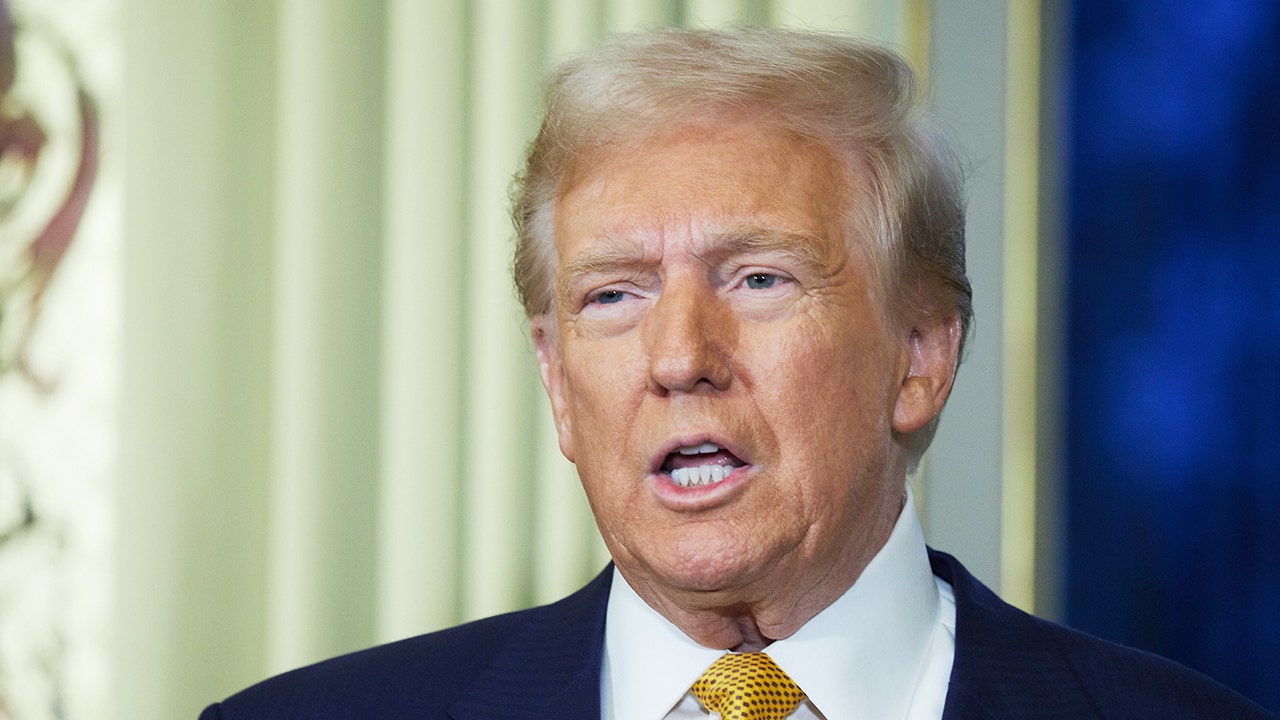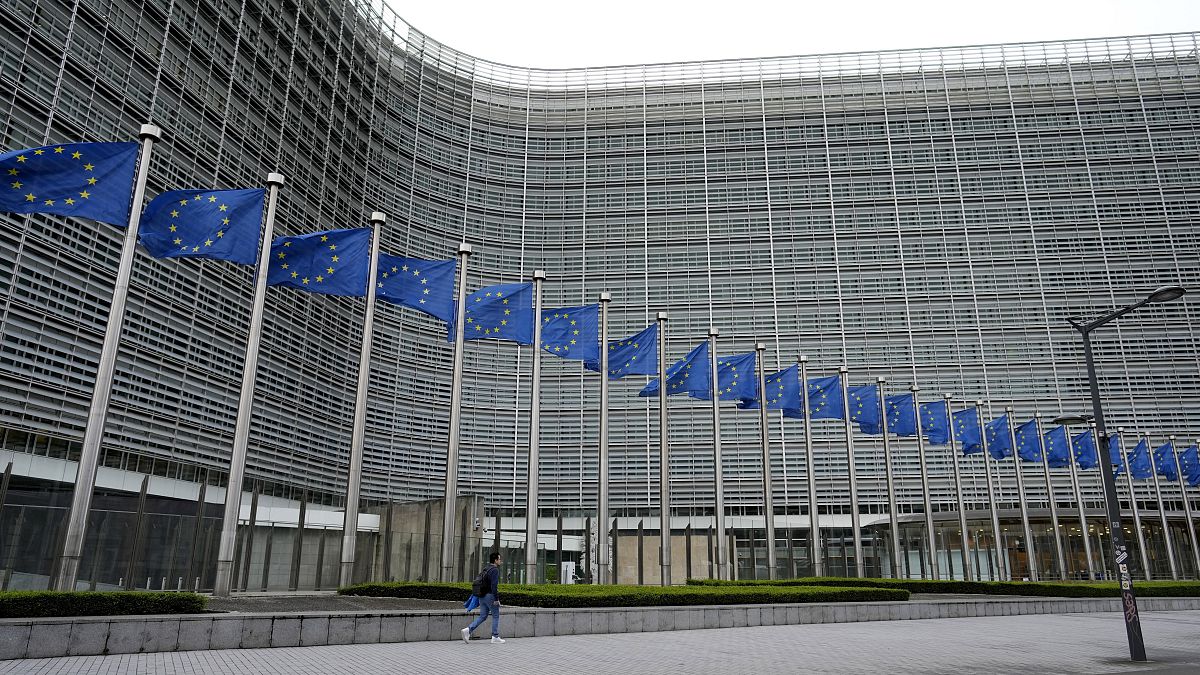Finance
Elon Musk’s finances may crash Tesla’s stock to the ground

With all that goes on with Elon Musk, it’s easy to forget it’s Tesla that finances the Musk machine: His purchase of what was Twitter (now renamed by Musk as X) that enhances the reach of his opinions; his ability to send rockets into space, and whatever else he might dream up in the next five minutes
Tesla, the world’s largest electric-car maker (still holding a slight lead over China’s BYD), is the reason why Musk — at least as this column goes to press — is the world’s richest person with a net worth above $200 billion.
Notice the qualifier.
Sometime soon, Musk may fall to No 2 or below, overtaken by Bernard Arnault, who runs the LVMH luxury goods empire (he has taken some hits to his wealth lately with a decline in LVMH shares) or maybe Amazon founder Jeff Bezos.
Musk, of course, is Tesla’s CEO and largest shareholder.
The latter is the reason for Musk’s shaky position on the billionaires list.
The company has hit a rough patch, and as I pointed out, his wealth is tied up in the stock.
How rough and whether it’s existential to Musk’s fortune, the future of Tesla and its shareholders, has been a matter of intense debate in the market recently.
There are many true believers in Musk and Tesla, of course.
And it’s hard not to root for a free-speech guy who replatformed conservatives canceled by the leftists who ran Twitter before his 2022 purchase.
Yet if you’re a betting man (or woman), the anti-Tesla “bear” case looks increasingly appealing.
Tesla’s stock is down 35% over the past month (compared to a 2.5% decline in the S&P).
It crashed Wednesday when Musk himself said the company’s wonky business model faces some significant hurdles.
The company’s new “Cybertruck” isn’t selling. Tesla remains profitable (it wasn’t always that way), though it missed on earnings and revenues.
Depending on the analyst, margins are collapsing.
Tesla’s stock is down 17% the past month (compared to a 2.4% decline in the S&P).
It tanked Wednesday when Musk himself said the company’s wonky business model faces some significant hurdles.
The company’s new “Cybertruck” isn’t selling.
Tesla remains profitable (it wasn’t always that way), though it missed on earnings and revenues.
Depending on the analyst, margins are collapsing.
It has plans for expansion with a new plant in Mexico.
But it’s doing all of this in a higher interest rate environment, which means that with a recession looking very possible in 2024, there will be less demand for its product.
As Musk put it: “I just can’t emphasize this enough that [for] the vast majority of people, buying a car is about the monthly payment. And as interest rates rise, the proportion of that monthly payment that is interest increases naturally.”
Faking a buyout
We’ve been here before, of course.
Recall Tesla’s dark days back around 2018, when the firm was literally on the verge of bankruptcy.
Shares were tanking, and the short sellers — who make money when a stock falls — were having a field day.
Production delays, no profits, and Elon the target of regulatory probes after he faked a buyout at a massive premium, had the market signaling a “Q” after the TSLA stock symbol to denote its imminent Chapter 11 status.
Shares are up nearly 800% since those dark days.
The bulls talk about Tesla’s strong revenues and the fact it can produce cars cheaper than anyone else in the EV market.
But to buy the Tesla “bull” story, you also have to suspend some disbelief.
EVs are expensive and still inefficient.
How could they be a sustainable mass market product?
Musk suggested as much Wednesday.
Tesla, he said, is ready to cut prices to make its EVs more affordable to the vast middle class.
Analysts are also starting to notice that Tesla’s EVs, and EVs in general, might not be sustainable in an ESG sense either.
Part of Tesla’s market allure wasn’t that it sells a lot of cars, because it doesn’t.
It is a function of the Environmental Social Governance investment craze, where asset managers gauge stocks on a variety of non-financial metrics, including their company’s dedication to sustainability.
EVs might not burn fossil fuels, but mining the chemicals in its batteries is environmentally hazardous, done in slave-labor-like conditions.
Electricity comes from somewhere, most of it not from all those “clean energy” windmills, but from our stressed-out electrical grid.
Plus, ESG is now on a potential death march following commonsense attacks that it led to higher inflation (forcing oil companies to stop drilling when gas prices remain high).
ESG fund returns are shaky and can’t really compete in a tough higher-interest-rate market.
Tesla shares could take a haircut as ESG fades from existence.
An even bigger worry is Tesla’s questionable fundamentals.
Gordon Johnson, the CEO of GLJ Research and a longtime Tesla skeptic, explains that Tesla’s financial metrics, even before the company’s recent contretemps, looked increasingly “fugazy.”
Sales growth has been in decline. Tesla produced 435,000 cars in the third quarter of 2023, from 466,000 in Q2.
Its stock market value of $700 billion is worth more than the next seven largest automakers combined.
Yet, Johnson says, Tesla sold just 3% of the cars those companies in the aggregate sold over the past year.
He points out that sales growth has been in decline.
Tesla produced 435,000 cars in the third quarter of 2023, from 466,000 in Q2.
Its stock market value of $664 billion is worth more than the next seven largest automakers combined.
Yet, Johnson says, Tesla sold just 3.9% of the cars those companies in the aggregate sold over the past year.
“I don’t want to say Tesla is going out of business, but it’s grossly overvalued,” Johnson tells me.
If that’s the case, Musk’s status as the world’s richest man is grossly overvalued as well.

Finance
Can AI Solve Your Personal Finance Problems? Well …

Switch the Market flag
for targeted data from your country of choice.
Open the menu and switch the
Market flag for targeted data from your country of choice.
Need More Chart Options?
Right-click on the chart to open the Interactive Chart menu.
Use your up/down arrows to move through the symbols.
Finance
5 smart ways to use a year-end bonus
Are you expecting a year-end bonus? If so, you’re probably dreaming up all the ways you could spend that windfall.
The average bonus was $2,447 in December 2023, according to payroll company Gusto. That’s a sizeable chunk of change — one that could put you in a better place financially in 2025 with proper planning.
This embedded content is not available in your region.
If you expect a bonus to land in your account soon, it may be tempting to splurge. And that’s perfectly fine. After all, you deserve a reward after working hard all year.
However, before you make an impulsive purchase, consider a few ways you could use those funds to improve your financial situation.
In today’s high interest rate environment, it’s expensive to carry debt. And the higher the interest rates you’re paying, the faster that debt balance can grow.
So, consider using your end-of-year bonus to pay off some of your debts. Not only does this clear your balance faster, but it also saves you money in interest over time.
For example, say you have $3,000 in credit card debt at 21% APR. If you took 12 months to pay off that debt, you’d pay $279 per month and spend about $352 in interest (assuming you don’t make any new purchases on the card).
Now let’s say you receive a $2,000 bonus and use it to pay down your credit card balance to $1,000. In this case, you’d only need to pay $93 per month to eliminate your balance in one year. And you’d pay just $117 in interest — a savings of $235.
Read more: What’s more important: Saving money or paying off debt?
If you’re not sure what to do with your bonus money, you shouldn’t feel pressured to use it right away. You can set it aside in a bank account while you decide. However, if your money is going to sit in the bank, you should at least earn interest and help it grow without any work on your part.
Following the Federal Reserve’s recent rate cuts, deposit account rates are on the decline. Still, there are plenty of high-yield savings accounts, money market accounts, and certificates of deposit (CDs) that pay upwards of 4% APY (or even more). Take some time to compare today’s rates and account options and put your bonus in an account that will help it grow.
See our picks for the best account options today:
It’s important to have a financial safety net in the event of a financial emergency, such as a car repair or job loss. An emergency fund can help you keep your budget intact and avoid taking on new debt to cover a surprise expense.
It’s typically recommended that you keep enough money in your emergency fund to cover three to six months’ worth of living expenses, though you might need more in certain situations. If you don’t already have an adequate emergency fund in place, a year-end bonus could help you get started.
Read more: How much money should I have in an emergency savings account?
One of the best things you can do for Future You is invest for your golden years. In particular, retirement accounts such as 401(k)s and IRAs are a good option because you can contribute pre-tax dollars, which allows you to lower your tax bill in April (or get a bigger refund), as well as defer taxes until you make withdrawals.
For the 2024 tax year, you can contribute up to $23,000 in a 401(k), and an extra $7,000 if you’re age 50 or older. If you haven’t prioritized saving for retirement in the past, or you want to take full advantage of an employer match, you can ask your payroll department to direct some or all of your bonus to your account.
Read more: 401(k) vs. IRA: The differences and how to choose which is right for you
As we mentioned, there’s no harm in splurging once in a while, as long as your financial obligations are squared away.
If you don’t want to feel like you’re depriving yourself, set aside half of your bonus for a “responsible” purpose and use the other half however you’d like. This can give you the momentum you need to stay the course when it comes to your financial goals, while still enjoying the fruits of your labor.
Read more: How much of your paycheck should you save?
Finance
Financial Experts’ 2025 Predictions for Student Loan Debt Under President Trump

Paying off student loans can seem like an impossible task, especially when high interest rates mean loan amounts keep increasing. But student loan relief can provide a lifeline for borrowers in need.
Learn More: I’m a Retirement Planner: 7 Ways I Am Guiding Clients Now That Trump Won
Discover More: How To Financially Plan for the New Year Under the New Trump Presidency
A 2024 survey by the Consumer Financial Protection Bureau revealed that nearly 61% of borrowers who received debt relief reported the relief gave them the opportunity to make a beneficial change in their life sooner than they otherwise could have.
But with President-elect Donald Trump poised to take office in January, existing student loan relief programs are in jeopardy, meaning borrowers could face substantial changes to their monthly payments and their student loan debt.
In August 2022, the Biden-Harris administration launched the Saving on a Valuable Education (SAVE) plan to help borrowers better manage their student loan payments. This income-driven repayment plan offers several benefits to borrowers:
-
Loan payments are calculated based on a borrower’s income and family size, rather than basing payments on their loan balance.
-
Qualifying borrowers’ remaining balances can also be forgiven after a certain number of years.
-
Many borrowers’ monthly payments are reduced, and some borrowers don’t owe monthly payments at all.
-
If borrowers keep up with their monthly payments, the Department of Education won’t charge monthly interest that isn’t covered by the payments, so borrowers’ balances will decrease, and they can more easily pay off the loans.
While on the campaign trail, Trump called President Joe Biden’s planned student loan forgiveness “vile,” blaming student loan relief for increasing the federal deficit.
Check Out: How To Financially Plan for the New Year Under the New Trump Presidency
Bill Townsend, founder and CEO of College Rover, predicted that Trump will end the SAVE plan as part of a concerted effort by many conservatives to change the appeal and direction of college education.
“Interestingly enough, there is a contractual law issue that will arise from public servants who were contractually bound to certain jobs in exchange for student loan forgiveness,” Townsend explained. “Assuming SAVE, which included this preexisting loan forgiveness contract, is voided, there will be the potential for a class action lawsuit against the U.S. government.”
However, Townsend predicted that Trump could void the lawsuit with an executive action.
-

 Politics1 week ago
Politics1 week agoCanadian premier threatens to cut off energy imports to US if Trump imposes tariff on country
-
/cdn.vox-cdn.com/uploads/chorus_asset/file/25782636/247422_ChatGPT_anniversary_CVirginia.jpg)
/cdn.vox-cdn.com/uploads/chorus_asset/file/25782636/247422_ChatGPT_anniversary_CVirginia.jpg) Technology1 week ago
Technology1 week agoInside the launch — and future — of ChatGPT
-
/cdn.vox-cdn.com/uploads/chorus_asset/file/25789444/1258459915.jpg)
/cdn.vox-cdn.com/uploads/chorus_asset/file/25789444/1258459915.jpg) Technology1 week ago
Technology1 week agoOpenAI cofounder Ilya Sutskever says the way AI is built is about to change
-

 Politics1 week ago
Politics1 week agoU.S. Supreme Court will decide if oil industry may sue to block California's zero-emissions goal
-
/cdn.vox-cdn.com/uploads/chorus_asset/file/25546252/STK169_Mark_Zuckerburg_CVIRGINIA_D.jpg)
/cdn.vox-cdn.com/uploads/chorus_asset/file/25546252/STK169_Mark_Zuckerburg_CVIRGINIA_D.jpg) Technology1 week ago
Technology1 week agoMeta asks the US government to block OpenAI’s switch to a for-profit
-

 Politics1 week ago
Politics1 week agoConservative group debuts major ad buy in key senators' states as 'soft appeal' for Hegseth, Gabbard, Patel
-

 Business7 days ago
Business7 days agoFreddie Freeman's World Series walk-off grand slam baseball sells at auction for $1.56 million
-
/cdn.vox-cdn.com/uploads/chorus_asset/file/23951353/STK043_VRG_Illo_N_Barclay_3_Meta.jpg)
/cdn.vox-cdn.com/uploads/chorus_asset/file/23951353/STK043_VRG_Illo_N_Barclay_3_Meta.jpg) Technology6 days ago
Technology6 days agoMeta’s Instagram boss: who posted something matters more in the AI age

















